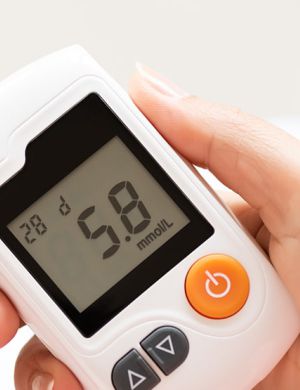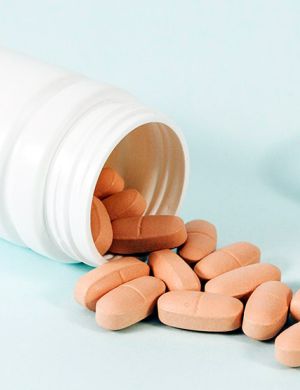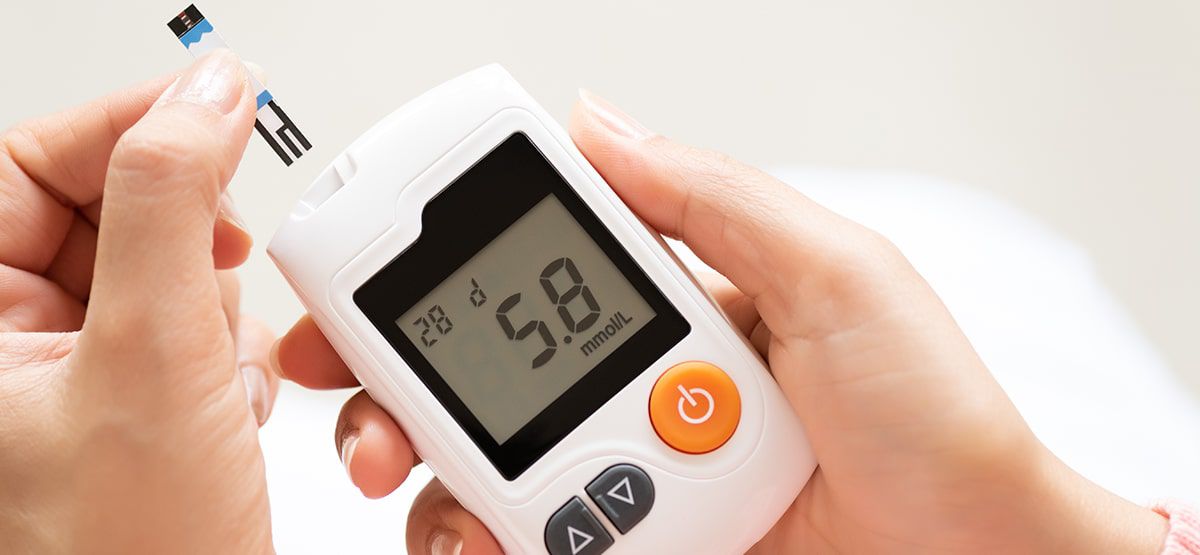
Medical Devices-USA/Europe Regulatory News – March 2023
USA (FDA)
Laser Products – Compliance with IEC 60825-1 and IEC 60601-2-22 (Laser Notice No. 56)
FDA has issued guidance clarifying its expectations for manufacturer compliance with U.S. performance standards for laser products. These standards apply to radiation‑emitting electronic products, including all categories of lasers. A device that incorporates or is intended to incorporate a laser is considered a laser product under 21 CFR 1040.10. Such products may meet the definition of both a medical device and an electronic product and must comply with applicable requirements of the FD&C Act and associated regulations.
Medical X‑Ray Imaging Devices – Conformance with IEC Standards
This guidance applies to diagnostic x‑ray systems and their major components, generally classified as Class I or II devices. It outlines relevant regulations, product codes, and technological considerations. Radiation therapy products are not included, as no EPRC performance standards exist for them. These devices continue to follow the 510(k) clearance pathway.
Ultrasonic Diathermy Devices – Policy Clarification and 510(k) Submissions
The guidance covers ultrasonic diathermy devices under 21 CFR 890.5300(a), product codes IMI and PFW. These Class II physiotherapy devices deliver deep therapeutic heat using ultrasonic energy above 20 kHz. The document clarifies FDA expectations for premarket submissions and device design characteristics.
Diagnostic Ultrasound Systems and Transducers – Marketing Clearance
FDA has updated its recommendations for 510(k) submissions for diagnostic ultrasound systems and transducers. It explains regulatory pathways, change management, and circumstances where FDA does not intend to enforce new 510(k) submissions. Safety considerations focus on comparisons to pre‑amendment predicate devices to ensure acceptable acoustic output levels.
Assembler’s Guide to Diagnostic X‑Ray Equipment
This guidance provides Q&A‑based clarification on the responsibilities of manufacturers and assemblers of certified diagnostic x‑ray equipment. Topics include assembly procedures, regulatory obligations, and compliance expectations.
Performance Standards for Diagnostic X‑Ray Systems – Small Entity Compliance Guide
This document explains amendments to performance standards for diagnostic x‑ray systems and major components, including those originally published in 2006. It reflects FDA’s 2023 updates that removed certain reporting requirements, offering small entities practical instructions for compliance.
CANADA (Health Canada)
Medical Device Licence Application Review Fee Form
Health Canada has made available an updated fee form for medical device licence applications. The form can be downloaded from the agency’s website.
EUROPE
MDCG 2023‑3 – Q&A on Vigilance Terms under MDR
The guidance clarifies key vigilance concepts and definitions outlined in Chapter VII, Section 2 of the EU MDR (Regulation 2017/745). It supports consistent application of vigilance requirements across the EU. IVDR‑related terms are not included.
Amendments to MDR and IVDR Transitional Provisions (Regulation (EU) 2023/…)
The European Parliament has approved extensions to MDR and IVDR transition timelines. Key requirements include:
- Implementation of an MDR‑compliant quality management system
- Execution of a contract with a notified body by 26 May 2024
- Removal of the IVDR sell‑off period, allowing ongoing availability of IVDs without time limitation
MDCG 2020‑16 Rev. 2 – Classification Rules for IVDs
This revised guidance supports correct classification of IVDs under the IVDR and clarifies Annex VIII rules. It applies to devices placed on the market, made available through distance sales, or used for diagnostic services on EU patients. It assists manufacturers, notified bodies, and health institutions in determining appropriate classification.
SWITZERLAND (Swissmedic)
Information Sheet – Derogation for Market Placement of Non‑Compliant Devices
Swissmedic has published guidance on placing on the market medical devices that do not fully meet MedDO or IvDO requirements. Manufacturers must perform required conformity assessments, maintain evidence of compliance, and ensure product information meets language requirements.
FINLAND (FIMEA)
Updated MDCG Guidance for Medical Device Stakeholders
FIMEA highlights the importance of MDCG guidance documents in interpreting MDR and IVDR requirements. These documents range from specific guidance, such as periodic safety update content, to broader topics like transitional provisions.
UNITED KINGDOM (MHRA)
Impact of MDR Transition Extensions and Certificate Validity
The EU’s decision to extend MDR transitional timelines affects Northern Ireland under the NI Protocol. Key changes include:
- Class III and certain Class IIb implantables: MDR compliance deadline extended to 31 December 2027
- Other Class IIb, Class IIa, and Class I devices: compliance deadline extended to 31 December 2028
- Validity extensions for certain Directive‑based certificates, subject to conditions
MHRA Medical Technology Strategy – Regulatory Emphasis
The UK government’s new medical technology strategy highlights regulation as a core component of industry growth. Post‑Brexit reforms include the UKCA marking system and expanded MHRA powers. The strategy aims to enhance patient access, support innovation, and strengthen the UK’s global market position.
IRELAND (HPRA)
Process for Article 97 and Notified Body Certificates
Following MDCG 2022‑18, HPRA has established a national process for applying Article 97 MDR to devices with expired or soon‑to‑expire Directive certificates. This temporary measure helps avoid supply disruptions while manufacturers transition to MDR compliance under specified conditions.
Don’t miss out! Click here to stay in touch.
Categories
- Biopharma (58)
- Consumer Health (21)
- Cosmetics (11)
- Diagnostics (5)
- Digital Health (8)
- Food (2)
- Medical Device (112)
- OTC (5)
- Regulatory Intelligence (13)
- Standards (41)
Recent Blogs
Get the latest updates from Vistaar

Related Posts
CONNECT WITH US

Let's talk about how Vistaar can help you




